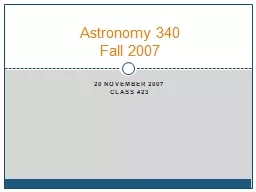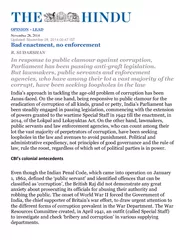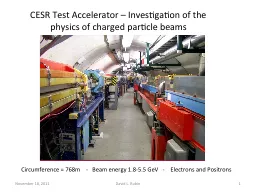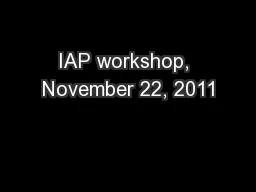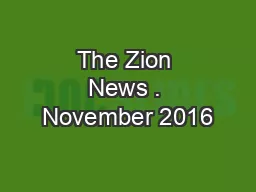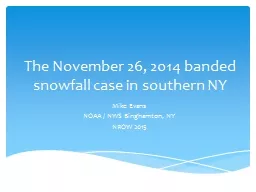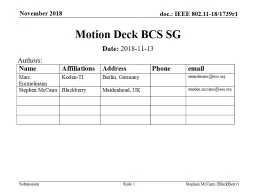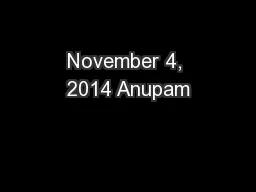PPT-20 November
Author : liane-varnes | Published Date : 2016-07-05
2007 Class 23 Astronomy 340 Fall 2007 Outgassing Model Tobie Lunine Sotin 2006 Measuring Composition Poulet et al 2003 Astronomy amp Astrophysics 412 305
Presentation Embed Code
Download Presentation
Download Presentation The PPT/PDF document "20 November" is the property of its rightful owner. Permission is granted to download and print the materials on this website for personal, non-commercial use only, and to display it on your personal computer provided you do not modify the materials and that you retain all copyright notices contained in the materials. By downloading content from our website, you accept the terms of this agreement.
20 November: Transcript
Download Rules Of Document
"20 November"The content belongs to its owner. You may download and print it for personal use, without modification, and keep all copyright notices. By downloading, you agree to these terms.
Related Documents

